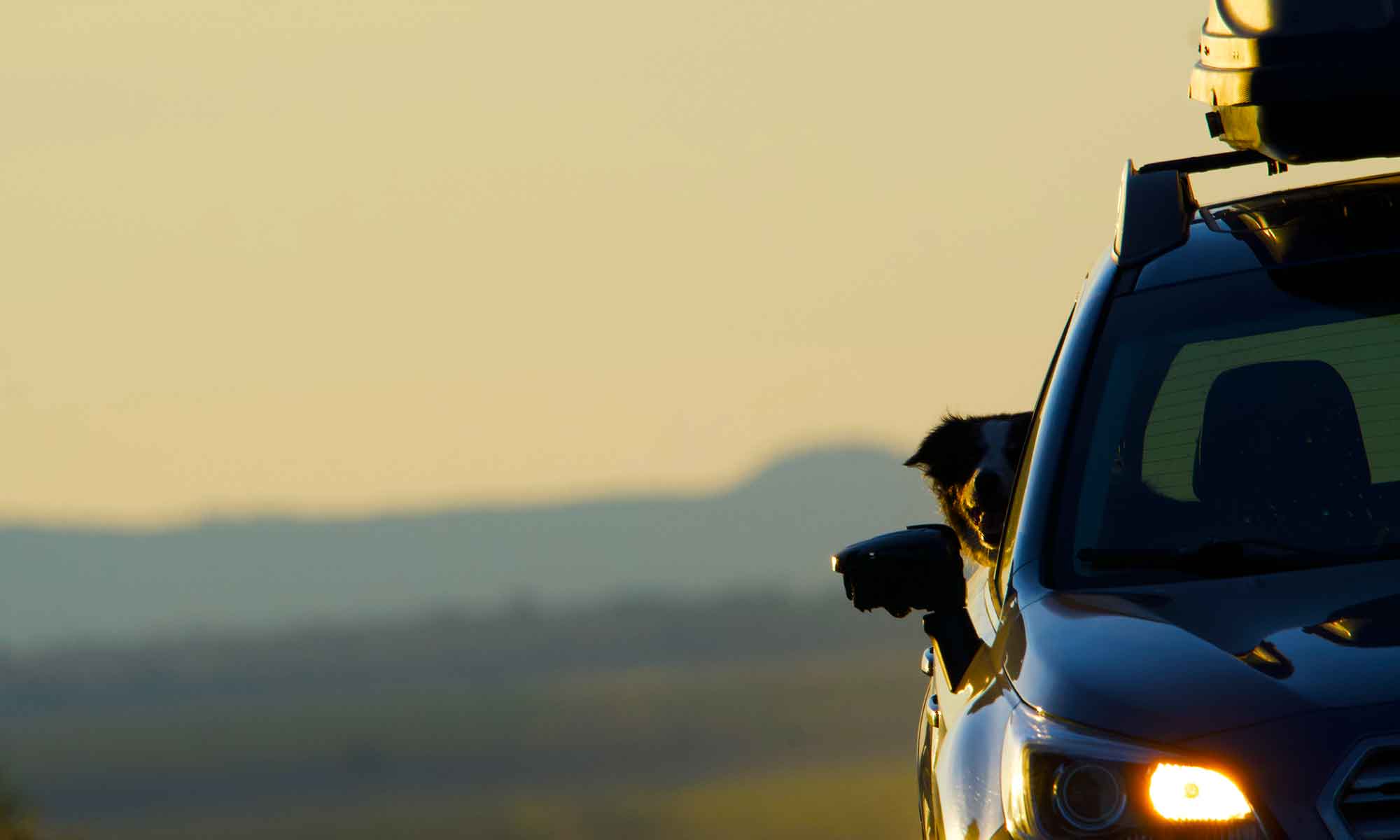
It was chance that led us to South Ice Cave.
We were exploring unmarked forest service roads in the Cabin Lake area, when we came upon a controlled burn. Instead of driving through, we took a turn leading away from the fire and choking smoke.
That was when we saw the Ice Cave sign. Jack and I agree on a great number of things:
-
- IPAs are highly overrated
- Border collies are the smartest dogs in the world
- and you never go into a cave.
Before I go any further … I want to make it really clear … neither Jack nor I are interested in going into the cave.
We pull into a small dirt parking area dotted with picnic tables. A path leads to a fenced area which surrounds a pit. This must be the place.

We peer down and see several dark, yawning openings in the side of the rock face. Sure enough its a cave.


During the course of our first and dare I say last cave adventure, we notice a scurry of chipmunks leaping and perching just inside the entrance. Yellow-rumped Warblers buzz from trees to cave. Cool! I imagine the bat colony that makes this cave home is located somewhere further inside.
Glad we checked it out. Time for lunch and on to another adventure.



 Compared to the rest of Oregon, we live in an area that has higher than average wildfire danger. I’m talking, evacuate your neighborhood type of fire danger.
Compared to the rest of Oregon, we live in an area that has higher than average wildfire danger. I’m talking, evacuate your neighborhood type of fire danger. Primarily in the spring and fall, prescribed fires are planned and implemented. These fires are supposed to reduce the severity and intensity of future wildfire. Targeted areas are usually forests surrounding communities and homes.
Primarily in the spring and fall, prescribed fires are planned and implemented. These fires are supposed to reduce the severity and intensity of future wildfire. Targeted areas are usually forests surrounding communities and homes.



 The most basic of these salads is Chopped Salad. You’ll find a variety of recipes in any search, because it’s a basic go to recipe. Our main criteria is for the dressing to be simple, low fat, low carb. As evident in the recipe, the variety is also in vegetables used. It’s what you like and/or have on hand. This turns out ot be a great end of the week vegetable drawer emptier.
The most basic of these salads is Chopped Salad. You’ll find a variety of recipes in any search, because it’s a basic go to recipe. Our main criteria is for the dressing to be simple, low fat, low carb. As evident in the recipe, the variety is also in vegetables used. It’s what you like and/or have on hand. This turns out ot be a great end of the week vegetable drawer emptier. It’s not clear if all this leads to more fish. The immersive nature is part of the fun. Plus you get to see lots of interesting creatures. Lately we’ve been pointing the macro lens at the collection tray and the videos are otherworldly, but a bug hunt is also part of the fun.
It’s not clear if all this leads to more fish. The immersive nature is part of the fun. Plus you get to see lots of interesting creatures. Lately we’ve been pointing the macro lens at the collection tray and the videos are otherworldly, but a bug hunt is also part of the fun.

